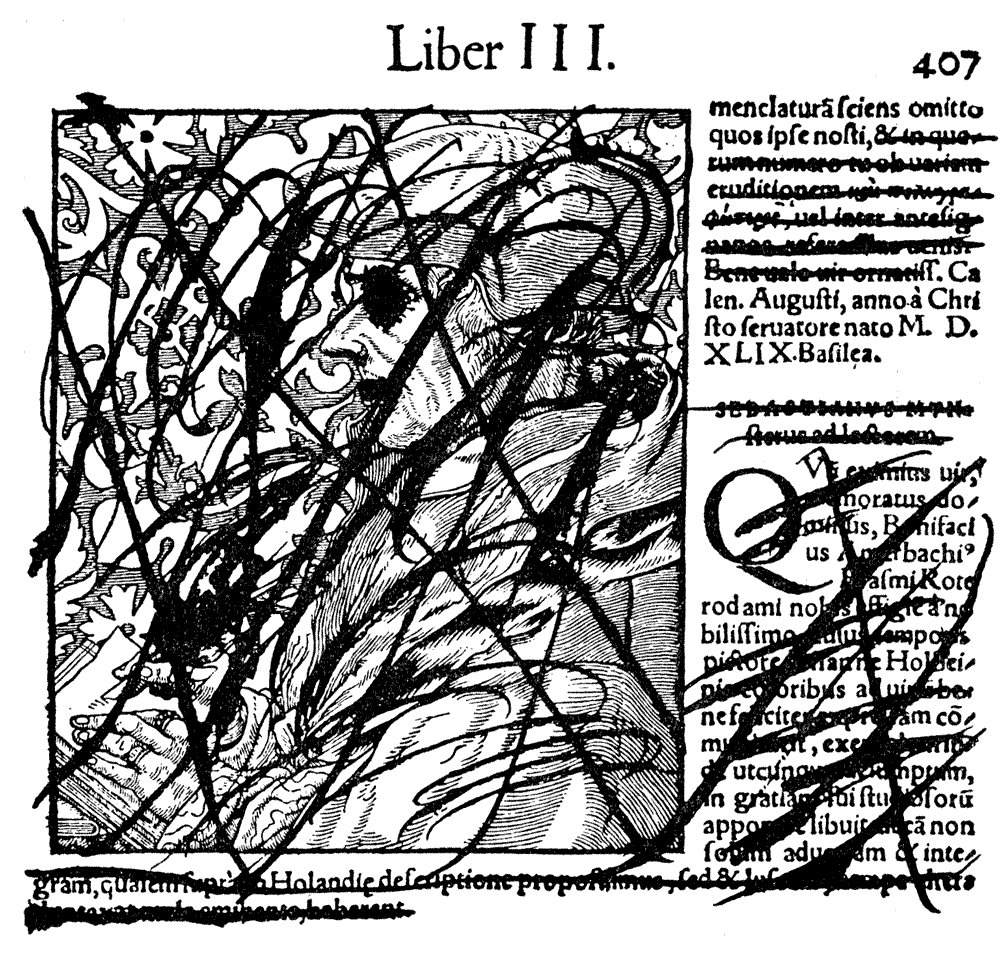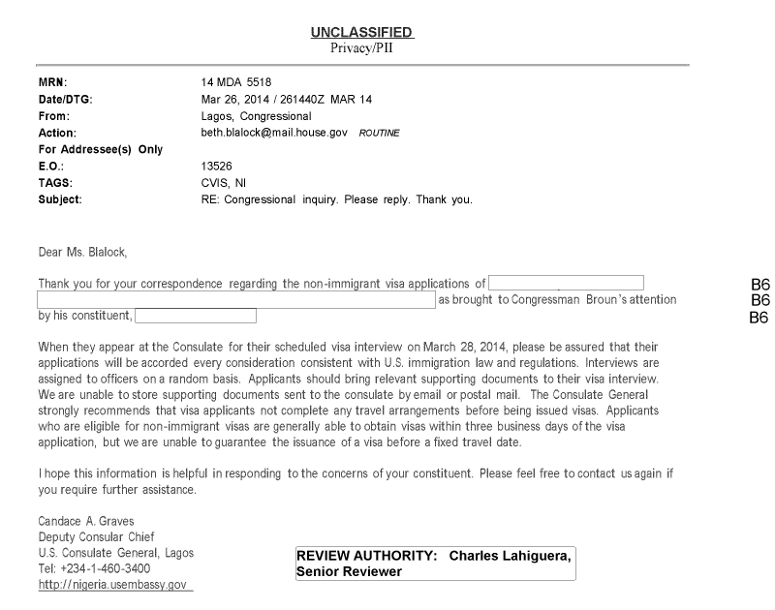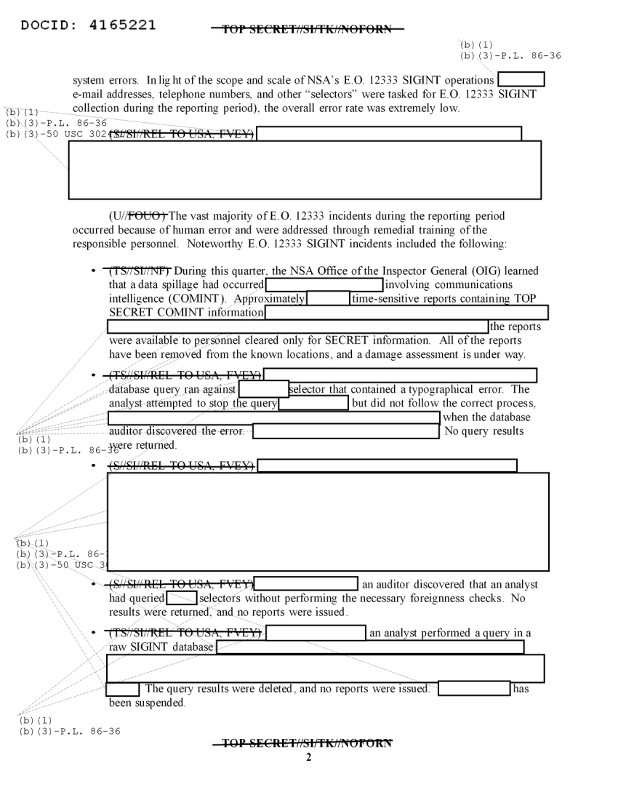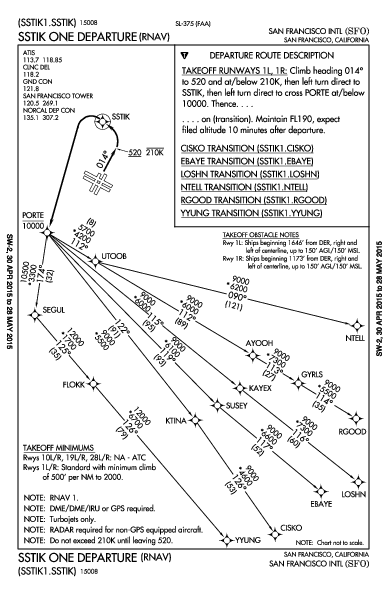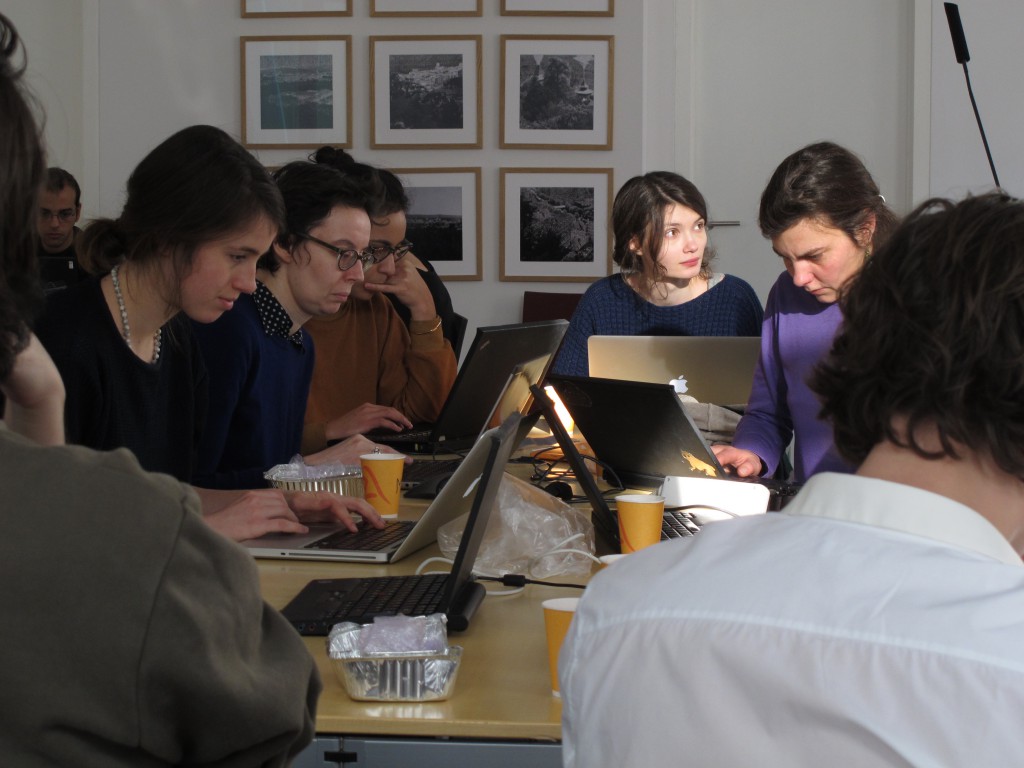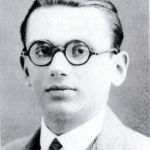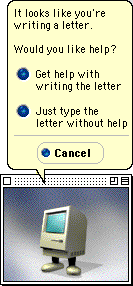
Excerpts from Matthew Fuller’s It looks like you’re writing a letter
The Templates, sample documents that the user can edit to make their own, with their repertoire of ‘elegant fax’, ‘contemporary fax’ to ‘formal letter’ or ‘memo’, acknowledge that forgery is the basic form of document produced in the modern office. The purest manifestation of this so far is 419 Fraud, named after the Nigerian Statute that outlaws it. 419 consists of tens of thousands of letters, apparently coming from government officials, company directors, military officers, approaching Western bank account holders with an incredible offer. The letters claim an insight into some impending calamity or coup and requests that the recipient aid the senders by allowing their bank account to be used to move capital out of Nigeria in return for a generous commission. All that is requested is a simple downpayment. And then another. A couple more. The entire operation is based around faxes and letters, an industrial scale semiotics of fraud: letterheads, confidentiality, intimations of corrupt generals, numbers in government departments and corporate headquarters, calls to aid the world’s poor, stranded bank accounts, readily available cynicism with politics, the ploy of the African simpleton working the racist sucker. The believable template, hooked up to the mailing list database is an economic machine that works all the better, all the more profitably, if it is fuelled on fraud.
Whilst “In mechanised writing all human beings look the same” in the case of templates the writing itself becomes peripheral to the processing. Employment agencies on the net have been found to be advertising non-existent jobs in order to pull in trade and the appearance of market share. Tens of thousands of people respond with their CVs. For jobs knocked up by the batchload on a CGI form come a multitude of self-starting no-dozers with ski-lift productivity profiles as per the thrilling careers of the templated exemplars that come with the program.
(more…)
